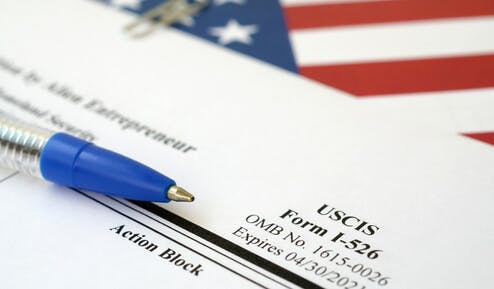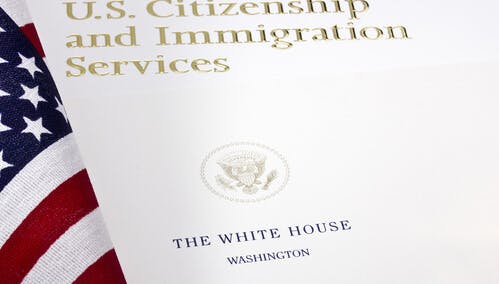Prior to the pandemic, EB-5 was slowly adjusting to new investment amounts and Targeted Employment Area (TEA) rules. COVID-19 has now compounded the challenges of the marketplace. In 2020, three significant changes occurred: construction slowed considerably; as big projects struggle with the new TEA rules, smaller projects look to take a bigger share of the marketplace; job creation, particularly in hospitality and commercial projects, is at greater risk.
EB-5 challenges before COVID-19
Even before a global health and economic crisis appeared, 2020 was going to be a challenging year for EB-5. Investment amounts were hit with the first-ever increases in the nearly 30-year-old program, and the “sticker shock” was going to require time for the market to acclimate. Longer wait times, particularly for retrogressed countries like China, created another obstacle. Further, with a higher program price tag, investors began to develop a stronger appetite for rates of return higher than what was offered traditionally, which hovered around 0.25% – 1%. All in all, 2020, was set to be a challenging year for the Green Card by investment program.
And then COVID-19 shook all the countries of the world.
EB-5 was no longer taking a deep breath and patiently waiting; it was searching desperately for a pulse. A Law360 article featuring prominent EB-5 lawyers looks at three significant ways the coronavirus, in concert with the other recent changes, has impacted EB-5.
1. A construction downturn puts EB-5 in ‘a coma’
“The industry was kind of getting its feet back in the early part of 2020, and then COVID hit. And that just really put a near full stop on capital raises across the board,” says Carolyn Lee, an immigration lawyer and EB-5 specialist.
It bears noting that EB-5 has historically been favoured by large hospitality, retail, and office projects — sectors that have been most impacted by COVID-19.
One of the top hotel lawyers in the world, Jim Butler, offers this dire commentary on the state of EB-5 in the construction sector: “I don’t want to say it has died, but it certainly is in a coma as a source of financing for developers. The pandemic is just one more negative facto … on top of all of the blows that have befallen the EB-5 program.”
2. Small EB-5 projects, with just a few investors
The new and far more stringent TEA rules are literally changing the EB-5 landscape, from major developments in big cities (think the infamous Hudson Yards project) to smaller developments in rural and slightly distressed areas.
Immigration lawyer Angelo Paparelli comments on the shift to smaller developers in EB-5: “What’s happened is many of the large players have found it unattractive to be forced into investments in areas under the newly restricted set of Targeted Employment Areas. They’ve pretty much lost their appetite. They’ve been replaced by smaller developers who might have a need for only one to five investors.”
Beyond the change in the type of developers turning to EB-5, Paparelli also foresees a shift in the investor markets away from China and toward India, Brazil, Mexico, and South Africa, all of which are familiar with “established networks for developing smaller projects.”
3. Job creation suddenly at risk, in hospitality and commercial real estate projects
The requirement of creating 10 jobs per investor has become more difficult, most especially for projects in the hospitality and commercial real estate sectors.
Butler speaks to the decimating impact of COVID-19 on the hospitality business: “One of three hotels will close and never reopen. One out of four or one out of three restaurants will never reopen. Some of those projects are EB-5 projects.”
So what happens when not enough jobs are created for all investors? Paparelli tells us that projects often have stipulations on how to deal with the issue of lower than expected job creation numbers — and which investors will get credit and which will not. But a complicating factor, he says, is that the people handing out Green Cards don’t always agree with the project in situations where job creation isn’t sufficient for all investors.
“It’s not always clear that USCIS recognizes that sequencing and gives the Green Card to the right person,” Paparelli states. “They may do a first-in, first-out. It all depends on how the allocation is decided.”
Summary: even with the challenges, EB-5 is likely to survive and potentially thrive
While looking back on 2020 may feel like reading an obituary for EB-5, the program is alive and experts expect it to survive this crisis — albeit, in different form. Carolyn Lee offers some hope for EB-5 investors and stakeholders: “There are certainly a number of indicators that show that there are players who are looking for opportunities even in this difficult and challenging environment.”
See the Law360 article “3 Ways COVID-19 Is Reshaping The EB-5 Landscape” (subscription required)









